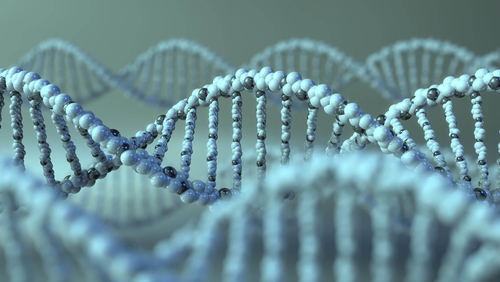Gene Therapy Shows Promise for Treating Gaucher Disease, Mouse Study Reports
Written by |

A single injection of a liver-targeted gene therapy in mice leads to sustained production of a working version of glucocerebrosidase, the altered enzyme in people with Gaucher disease, research shows.
Carlos J. Miranda, PhD, from Freeline, will share these results in a talk titled “Liver-Directed AAV Gene Therapy for Gaucher Disease,” to be given at the American Society of Hematology (ASH) 2019 Annual Meeting. The 61st Annual Meeting will be held Dec. 7-10 in Orlando, Fla.
Gaucher disease is caused by mutations in the GBA gene that lead to the production of an abnormal glucocerebrosidase enzyme with reduced activity. This results in the buildup of a fat molecule called glucocerebroside, mainly in macrophages, a type of white blood cell that transform into so-called “Gaucher cells.”
The accumulation of these cells in the spleen, liver, and bone marrow lead to manifestations such as spleen and liver enlargement, called hepatosplenomegaly, blood disorders, and skeletal disease.
Enzyme replacement therapy (ERT) is the standard treatment for type 1 Gaucher disease, the most common form of the disorder. However, it requires frequent injections into the vein, “resulting in a high cumulative cost and a significant treatment burden,” the researchers said. In addition, ERT currently has no effect on lung or bone symptoms.
Gene therapy has shown promising results in other diseases caused by mutations in a single gene. Such is the case in spinal muscular atrophy, with the recent development of the gene therapy Zolgensma (by Novartis).
The experimental gene therapy for Gaucher disease uses a modified, harmless version of an adeno-associated virus (AVV8) to deliver a fully working version of the human GBA gene to the liver.
Research results showed that one-time intravenous injection of the therapy into mice increased levels of glucocerebrosidase in the liver, with high activity in the blood. These findings prompted the researchers to make additional changes to the vector to boost enzymatic activity.
Out of 37 AAV vectors, six led to higher production and activity of glucocerebrosidase. One vector, called RC-04-26, was found to work best both in vitro (in a test tube or culture dish) and in mice.
Mice injected with 2×10^12 vector genomes/kilogram of RC-04-26 showed a 9.4-fold greater activity of glucocerebrosidase compared with the first vector. Levels of the enzyme remained stable for the entire nine months of the study. Additionally, glucocerebrosidase produced in the liver was detected in macrophages in the spleen, bone marrow, and lung.
The researchers then compared the efficacy of a single injection of RC-04-26 to that of the standard ERT velaglucerase alfa, marketed by Takeda as VPRIV. Unlike its rapid clearance from circulation and tissues with the ERT, glucocerebrosidase given by the gene therapy was sustained for a longer period. Levels of glucocerebrosidase in target cells also were 170 times higher with the gene therapy than with ERT.
Overall, this indicates that the gene therapy results in “sustained elevation of GCase [glucocerebrosidase] in the bloodstream and higher … bioavailability for uptake into macrophages than velaglucerase alfa,” the scientists said.
“This observation supports further development of AAV gene therapy for Gaucher disease with the potential for enhanced therapeutic benefit from a one-off administration” they added.
Freeline, the company that conducted this study, is also developing another potential gene therapy for people with type 1 Gaucher disease called FLT200,



